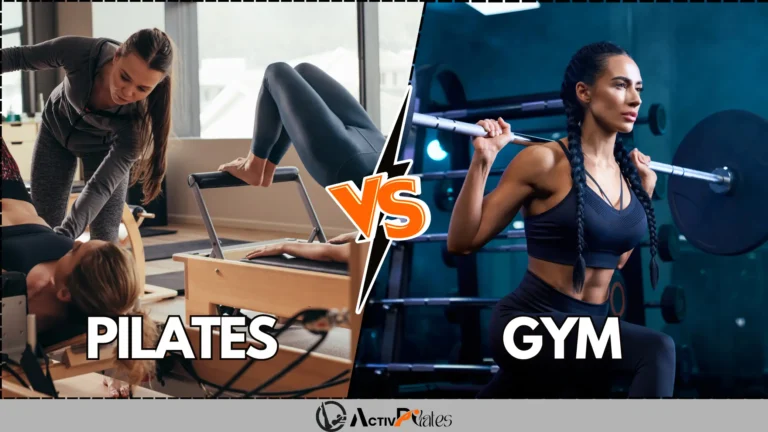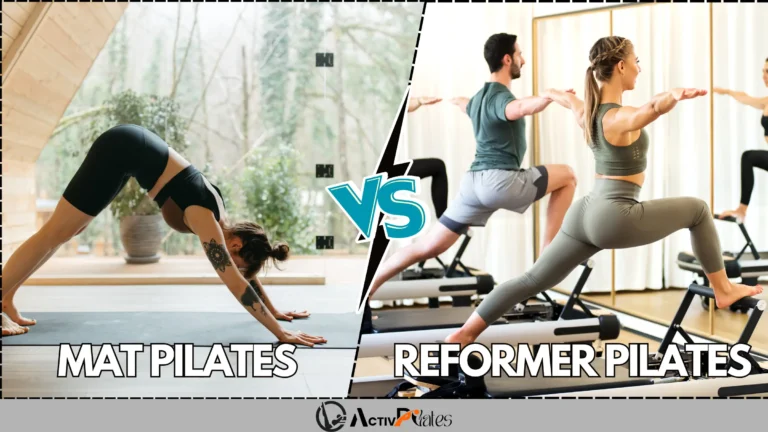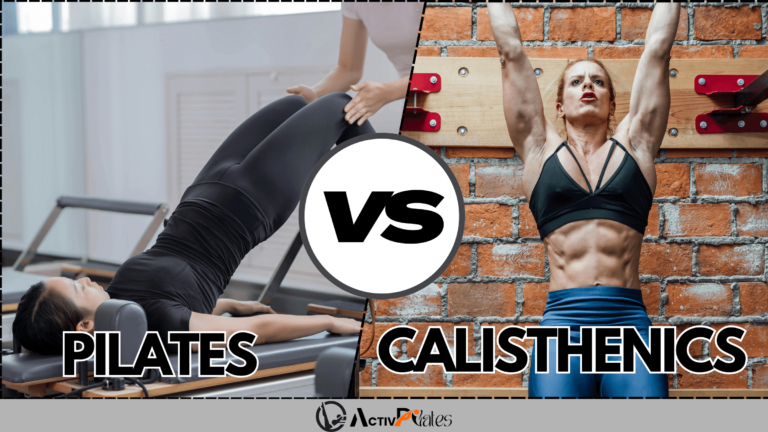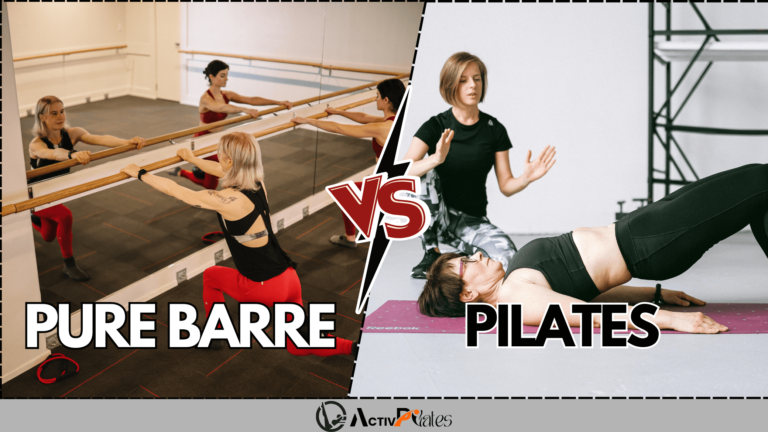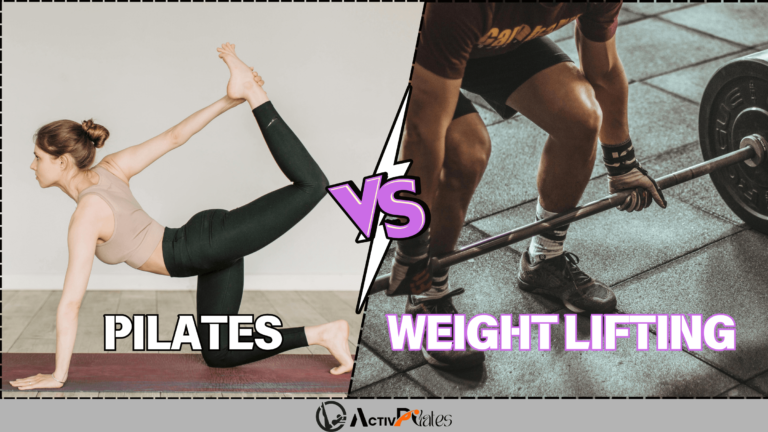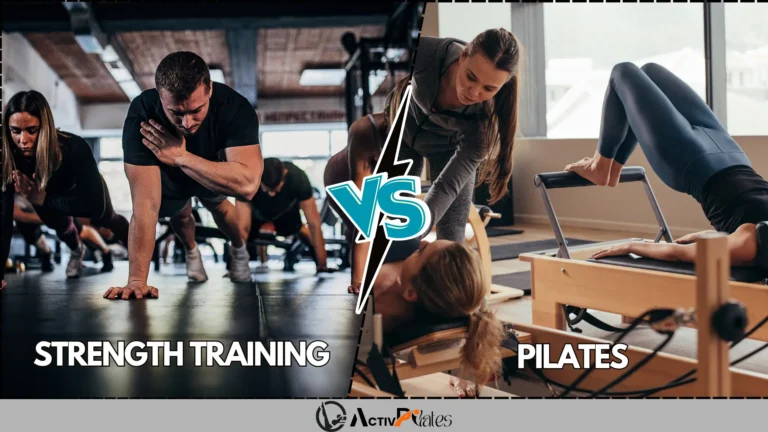Classical vs Contemporary Pilates
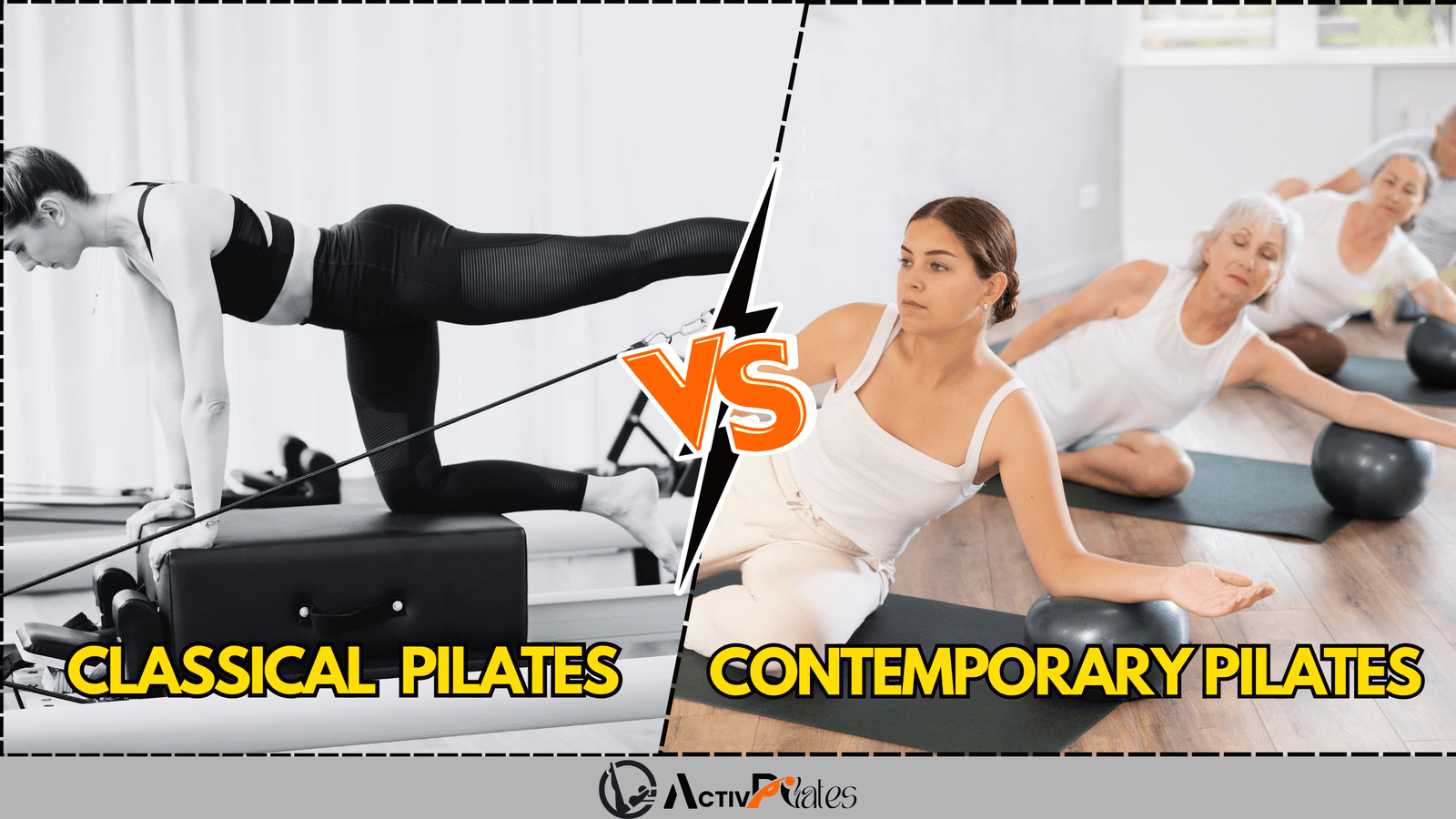
Pilates exercise plays a vital role in the fitness of the body as it is a fitness exercise that promotes flexibility, strength and mindfulness. The main types of Pilates are classical and contemporary. Both of these have different benefits and are suitable for different goals. If you find out which style of app is suitable for your fitness journey, you can make your wellness journey a maze-like operation.
Understanding the Styles
It is important to understand the styles of these two exercises from which they originated. Classical Pilates basically follows the teaching pattern of Joseph Pilates, in which the benefits of classical Pilates are emphasized and is also called traditional Pilates, whereas contemporary Pilates follows modern Pilates fitness trends and scientific research, in which the modern style of contemporary Pilates is even more so appears to be adaptable.
Classical Pilates
Classical Pilates basically consists of the teachings and practices of Joseph Pilates. Mainly there are many specific exercises, sequences, and equipment that make traditional Pilates practice easier and stronger.
The Origins and Philosophy of Classical Pilates
Joseph developed the method of Pilates in the beginning of the 20th century and named it “controlology”. The closeness of our physical and mental health is quite different. Exercises in classical Pilates are performed in a specific sequence and order that creates a natural flow.
The focus of this approach is on mind and body balance so the practitioner can achieve mastery in each movement. So basically classical Pilates focuses on mind-body-balance and mastery of movement.
Key Equipment in Classical Pilates
One of the characteristics of classical Pilates is its equipment, which was invented by Joseph Pilates. The role of each apparatus is unique in classical Pilates practice, providing body support and developing strength.
Reformer
The reformer is the most iconic piece of Pilates equipment, consisting of a bed-like frame and made of wood or metal. It consists of sliding carriage, springs, adjustable bars, pulleys and ropes that provide support and resistance. Apart from this it improves strength, flexibility and posture.
Its versatile design helps people perform classical Pilates exercises accurately in various positions. like lying down, standing, or kneeling. Reformer Pilates is suitable for people of all ages and fitness levels including chronic pain and injuries.
Cadillac (Trapeze Table)
A Cadillac or trapeze table is part of the Pilates equipment which includes springs, bars, straps and fixed-bed. It is beneficial for classical Pilates because it provides challenging exercises along with, it improves stability, versatility, safety and support, flexibility, spinal decompression, core stability and balance.
Wunda Chair
The Wunda chair or modern Pilates chair has a simple design such as a box-like shape, a padded top and a pedal on one side. Its pedal moves against the spring which is attached to the opposite side of the chair. With this equipment you can do full-body workout exercises that require balance and control.
The Technique of Classical Pilates
There are some core principles that form the foundation of Classical Pilates:
- Centering: Centering, a core principle of Pilates, emphasizes the core muscles that are the driving force of the body and maintains postural balance. Whether you practice Boost Pilates or train at Daly City Hot Pilates, the foundation of all body movement is your core, which increases the stability and strength of your body. This principle improves overall body movement and posture.
- Concentration: The main emphasis of this principle is to create a mind-body connection that further improves physical awareness and movement. Concentration keeps your workouts mindful and focused, whether you use a pilates reformer machine or a bar to improve engagement.
- Control: No movement is done without thinking; Everything is under control. Since the principles of control provide complete control of movement, they prevent injuries and improve muscle stability and strength. Pilates exercises often emphasize this principle by using accessories such as grip socks to provide stability and support.
- Precision: Every movement is precise, which is ideal for Core muscle activation. The precision principle improves your actions. The goal is to perform precision exercises involving all muscles, including small muscles, to maximize efficiency. Using Pilates mechanics can help you gain precision for a more focused workout.
- Breath: The Breathing Principle aims to focus on correct breathing techniques in Pilates training. Deep, controlled breathing helps relax the muscles. This principle reduces stress and has a calming effect during training.
- Flow: The function of the flow principle is to keep your body and mind working in rhythm, keeping the flow of the body in a constant state. This principle creates grace and fluidity in the exercise, whether on the Pilates reformer machine or using the Pilates bar, improving strength and fluidity.
- Whole-body Integration: Its main focus is on how the entire body moves. You strengthen your arms, legs, spine, and core muscles when you do classical pilates. This idea enhances posture, balance, and general body awareness in addition to strength and flexibility.
Contemporary Pilates
Contemporary pilates reflects modern fitness and scientific research. This makes Pilates practice more flexible.
In contemporary Pilates the exercises are adopted taking into account the needs of practitioner.
The Evolution into Contemporary Pilates
This style has been developed for people who want to make pilates exercise more accessible and customized and want to perform the practice in a modern way.
Contemporary Pilates blends core strength with modern research that is relevant to today’s contemporary fitness goals.
Integrating Modern Exercise Science
The integration of modern exercise science makes Pilates training practice more effective. This includes updated muscle engagement, posture improvement, and enhancement of modern fitness approaches and posture improvement.
Contemporary Pilates: Equipment and Variations
In addition to traditional equipment, contemporary Pilates uses some modern tools that make the Pilates rehabilitation practice engaging and rewarding:
- Stability Balls: These balls challenge balance, which enhances core strength.
- Resistance Bands: These bands are used to modify exercises and add resistance to Pilates training.
- Foam Rollers: These are used for quadriceps release and core exercises, which improve injury recovery and mobility.
The Adaptability of Contemporary Pilates
This style is very powerful on its own, and its biggest strength is its adaptability. In this, you can modify the exercises according to different fitness levels, body types, and goals. If you are looking for rehabilitation, athletic training, or general fitness, contemporary Pilates gives you flexibility in your training.
Benefits of Classical Pilates
Classical Pilates is known for its structured and disciplined approach. Some of its benefits are:
- Improves posture and back pain: It enhances spinal alignment by fortifying the deep stabilizing muscles.
- Rehabilitation of injuries: With controlled and exact developments, classical Pilates is successful within the recovery of wounds.
- Reduces the chance of future injuries: Muscles with a solid center upgrade adjust, which avoids future wounds.
- Strengthens bones: Bone density increases due to performing exercises like weight-bearing.
- Improves mental health: Focuses on mindfulness, which relieves stress and supports functional fitness.
Benefits of Contemporary Pilates
Due to the flexibility and modern approach of Contemporary Pilates, the practitioners achieve unique benefits.
- Increases core strength: Various exercises target different groups of muscles and enhance their strength.
- Strengthens your entire body: Multiple equipment and bodyweight movements promote full-body engagement in Pilates exercises.
- Increases flexibility: Range of motion is improved through dynamic and static stretches.
- Fun workout: Workouts remain engaging because of the variety.
- Encourages self-care: The combination of movement and mindfulness promotes well-being and gentle body balance.
Classical vs Contemporary Pilates – Which One Should You Choose?
If you like traditional and methodical practice, then Classical Pilates is best. If you want more modernization, scientific variety and adaptability, then Contemporary Pilates may be right for you. This decision depends on your fitness goals and personal preference.
Factors to Consider
- Personal Fitness Goals and Preferences: Classical Pilates is ideal for those who prefer a structured routine and traditional approach. Contemporary Pilates is best for people who want to explore modern fitness approaches in innovative and diverse ways.
- Availability of Classes and Instructors: Not every studio offers both styles. Therefore, it is important to find experienced instructors for both.
- Body Condition and Specific Needs: If you are recovering from an injury or have any special needs taken care of, it would be good to discuss your options.
Is Peak Pilates Classical or Contemporary?
Peak Pilates is a style that is a blend of both classical and contemporary Pilates. It maintains the structured sequences of muscle engagement but adds some modifications to them that align with modern principles.
Closing Thoughts
When examining classical and contemporary Pilates, your decision should take into account your personal preference, lifestyle, and fitness aspirations. The main focus of both styles is on improving your posture, enhancing overall fitness, and building core muscle strength. What’s the point? Why should you try both styles? Only then can you decide which one is best for your goals.
FAQ’s
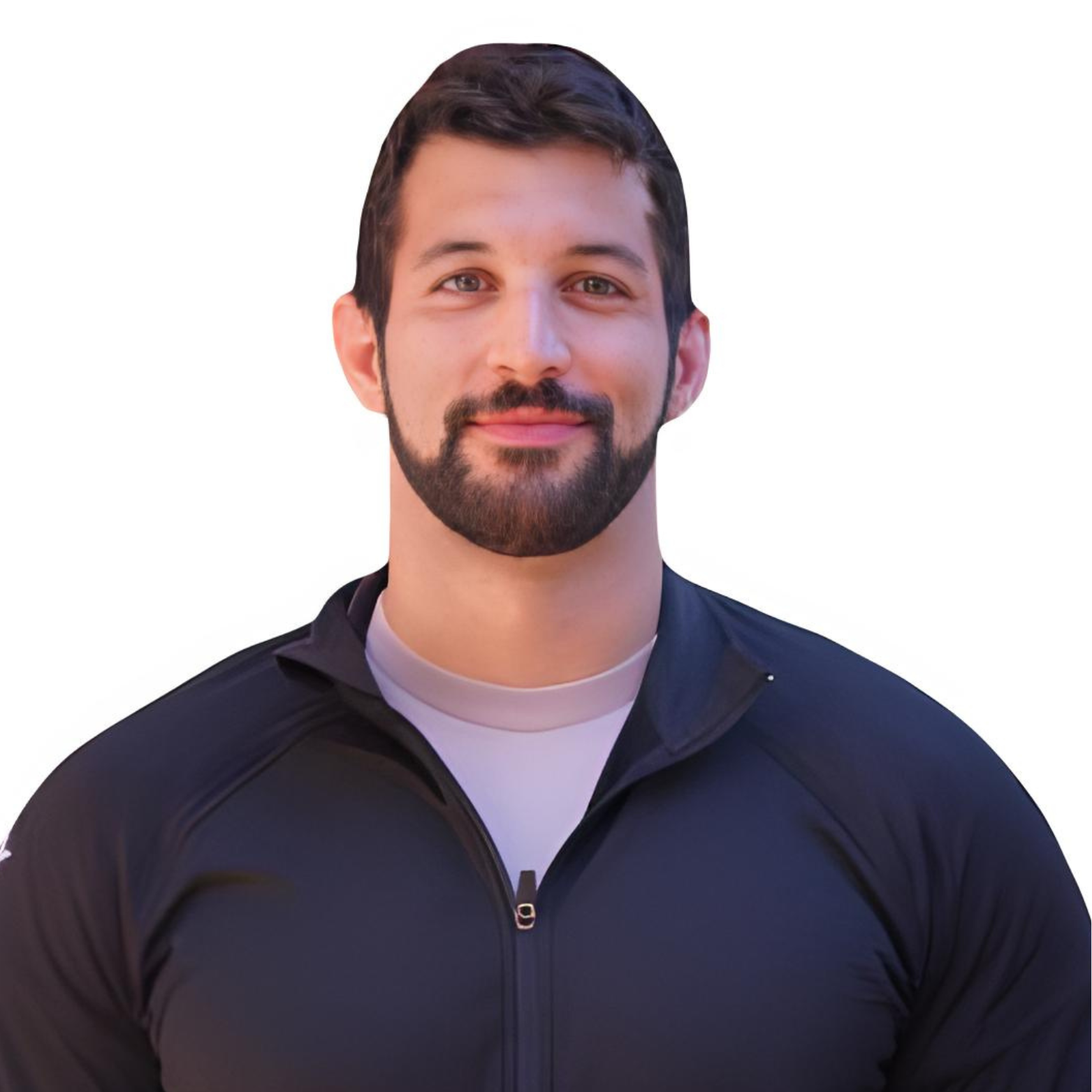
Jordan Blake
I am a seasoned Pilates instructor with 12+ years of expertise,
crafts transformative fitness journeys by blending mindful movement, dance, and physical therapy insights. My approach focuses on building strength, enhancing flexibility, and deepening body awareness, guiding clients toward a balanced and empowered lifestyle.


